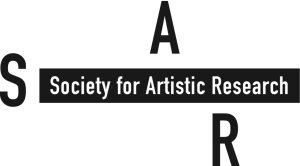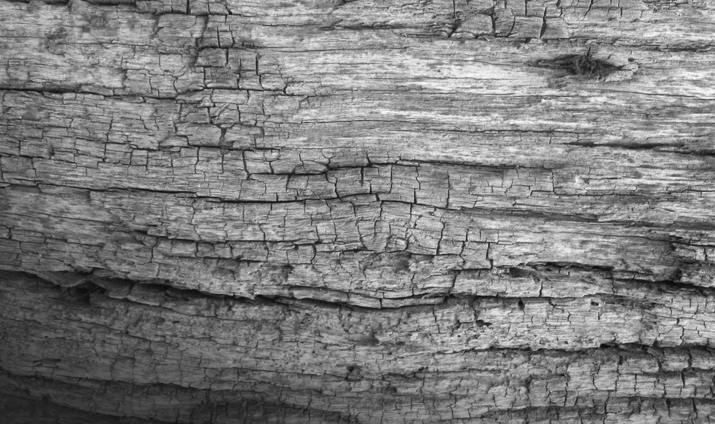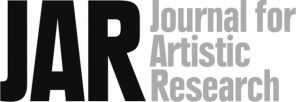The online, peer-reviewed journal for the publication and discussion of artistic research.
JAR Issue 23 is now Online
http://jar-online.net
JAR is open-access, free to read, and to contribute.
JAR aceita submissões em Espanhol, Português, Alemão como também em Inglês.
JAR acepta envíos en español, portugués, alemán e inglés.
JAR accepts submissions in Spanish, Portuguese and German as well as English.
JAR akzeptiert Einreichungen auf Spanisch, Portugiesisch, Deutsch und Englisch.
The Journal for Artistic Research (JAR) is an international, online, open-access and peer-reviewed journal that disseminates artistic research from all disciplines. JAR invites the ever-increasing number of artistic researchers to develop what, for the sciences and humanities, are standard academic publication procedures. It serves as a meeting point of diverse practices and methodologies in a field that has become a worldwide movement with many local activities.
Issue 23 contains the following contributions:
In ‘∂ Topological Landscapes,’ András Blazsek introduces his research into inventor Royal Raymond Rife’s controversial healing instruments. Examining early twentieth-century science, by way of three mixed-media works, Blazsek considers how abandoned possibilities and failed experiments can harbour other futures.
Yann Coppier’s ‘Absurd Sounds’ ask whether artists have missed the opportunity to question the underlying axioms beneath the science of sound. He develops a method that rejects established rules and ideas, adopts principles more familiar from conspiracy theories, and applies them to art: absurd premises followed by logical developments.
Focusing on aspects of bodies that have been/are being excluded or made invisible within contemporary and historical discourses, Monica Clare van der Haagen-Wulff, Michael Lazar and Fabian Chyle present ‘Body Hegemonies 2017: An Experimental Transfer.’ The exposition introduces aspects of a one-week laboratory involving artists and (social)scientists, bringing together conversations, performative responses and artistic explorations.
In ‘composing technique, performing technique,’ two pieces by Scott McLaughlin, respectively for Zubin Kanga (piano) and Mira Benjamin (violin), are discussed as case studies of strategies for entwining the specific embodied techniques of instrumental performance with the material.
Matthias M Sildnik’s , ‘Registers of Disinhibition: Transferred Autonomy and Generative Systems in Artistic Research,’ presents an artistic method incorporating generative technologies and artistic intervention. Looking at two related projects, the exposition introduces the notion of ‘transferred autonomy,’ examines the autonomy of generative systems, and considers their position in a broader socio-economic and cultural context.
Keywords include: Sound Art, Science and Technology Studies, Worms, Real Virtuality, Invisible Choreography, Epistemic Violence, Participatory Research, Trauma, Embodiment, Performance, Resonance, Generative Systems, Conceptual Art, Individuation & 3D scanning
Take a look at JAR23 and read the editorial by Michael Schwab here.
The ‘Network’ pages of JAR’s website offer two new book reviews and two reflections:
Artistic Research as Academic Borderlands by Lenka Veselá.
Review of Diane Charleson, Filmmaking as Research: Screening Memories by Lizzie Thynne.
Social effects of Art – Perspectives from Helsinki by Verena Niepel.
Review of Jennie Klein and Natalie Loveless (eds.) Responding to Site: The Performance Art of Marilyn Arsem by Mareli Stolp.
JAR provides a digital platform where multiple methods, media and articulations can function together to generate insights into artistic research endeavours. In its peer-reviewed section, it seeks to promote ‘expositions,’ which aim to engage practice and demonstrate research. JAR views artistic research as an evolving field where research and art are positioned as mutually influential. If you are considering submitting something to the journal, be sure to look at our guidelines. The next deadline for JAR 27 (second issue of 2022) is the 31st of September 2021.
The Network is a non-peer-reviewed space on the JAR website for discussion, reviews and opinion pieces relevant to artistic research and JAR’s community. It carries no restrictions in terms of language, length, topic or theme. You can read all contributions here.
JAR works with an international editorial board and a large panel of peer-reviewers.
Editor in Chief: Michael Schwab
Managing Editor: Barnaby Drabble
Peer Review Editor: Julian Klein
Editorial Board: Annette Arlander, Danny Butt, Yara Guasque, Paul Landon, Manuel Ángel Macía, Barbara Lüneburg, Mareli Stolp and Mariela Yeregui.
Editorial Assistant: Ioannis Andronikidis
JAR is published by the Society for Artistic Research (SAR), an independent, non-profit association. You can support JAR by becoming an individual or institutional member of SAR. For updates on our activities, join our mailing list.
contact: jar@jar-online.net



